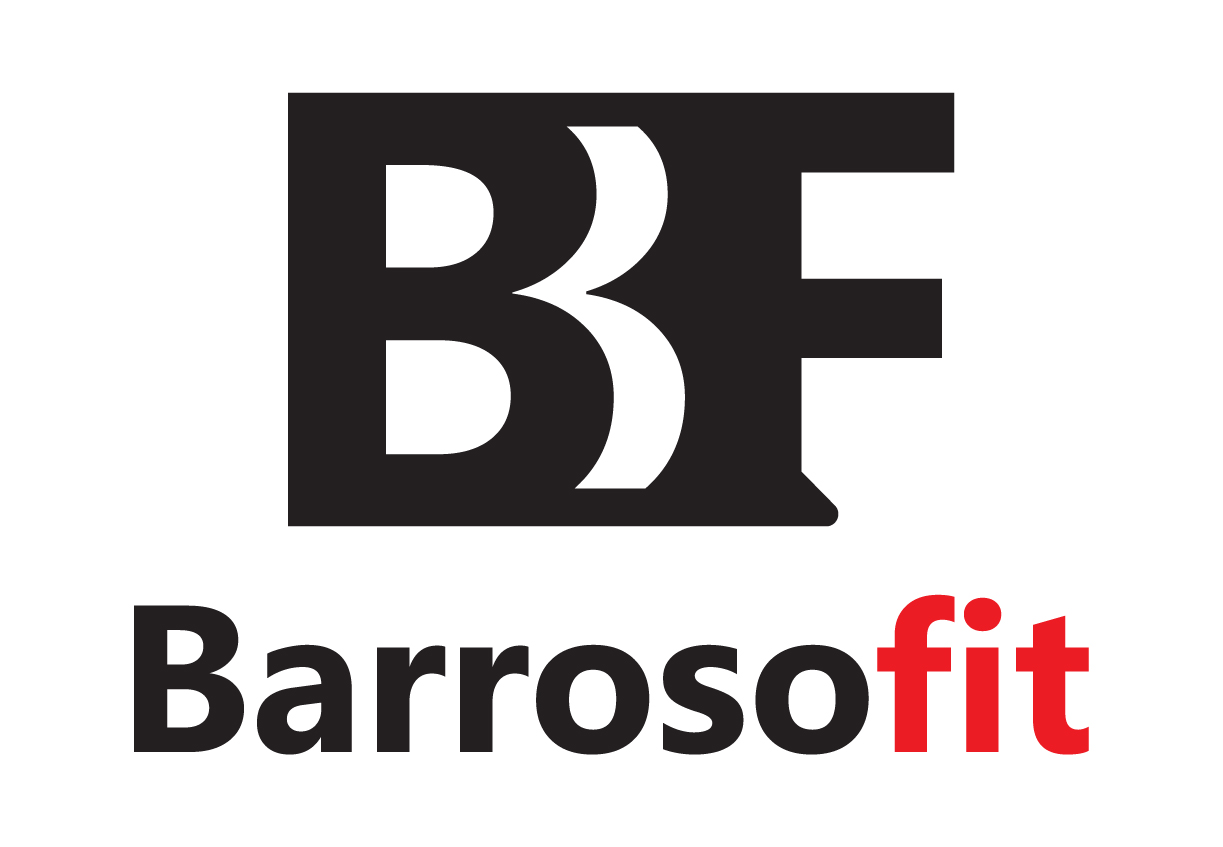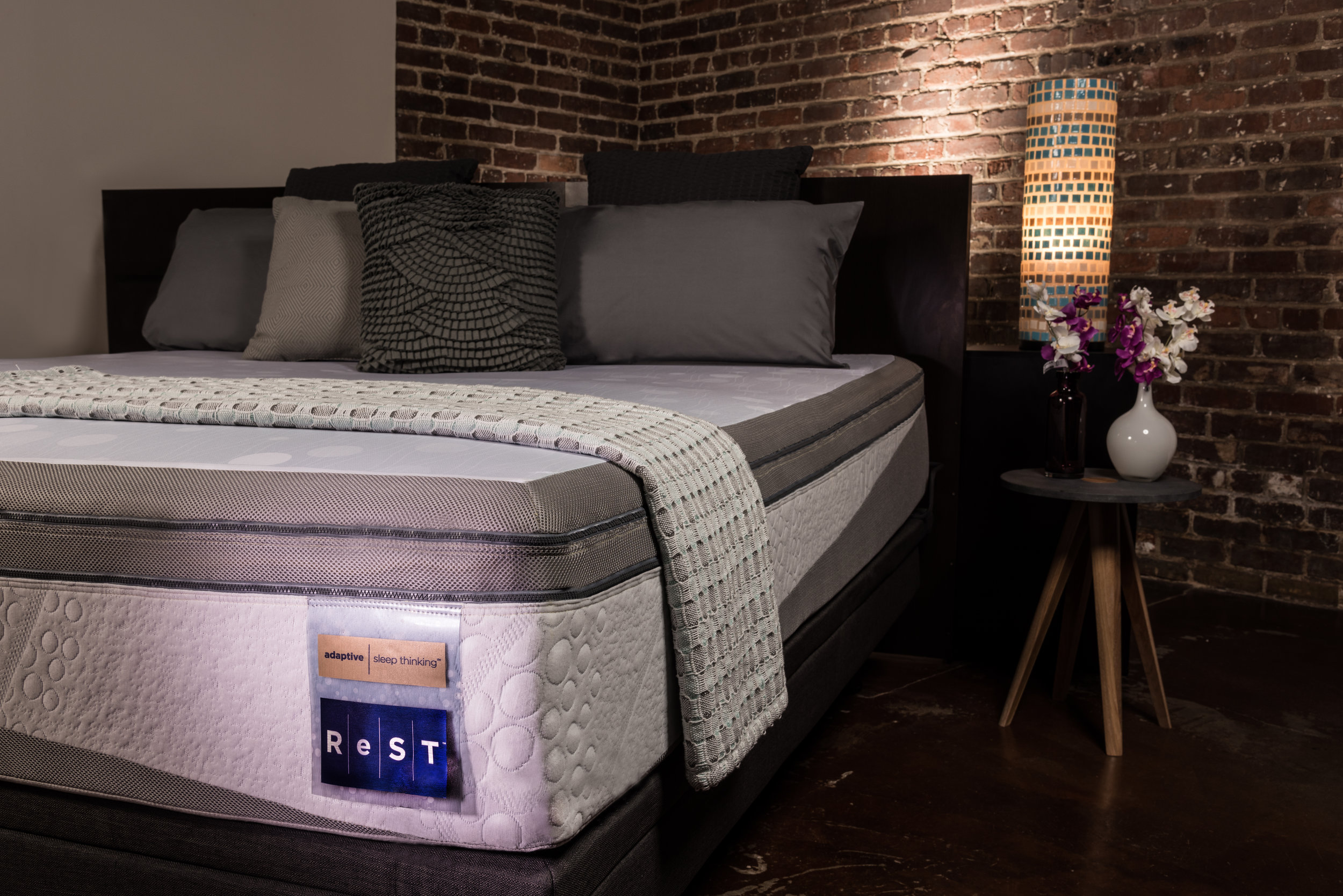ReST Bed is the Smart Bed That Adjusts Pressure While You Sleep
ReST (Responsive Surface Technology) is a company that manufactures mattresses with the unique capability to automatically change the amount of air at five different points in your body while you sleep. On paper, it may not sound like much, but when you feel only one part of your body sinking or rising as you comfortably lay down, it’s quite the experience. After attending a media event at CrossFit Spot in New York City in the spring, I was informed that I was the winner of the ReST bed raffle.
After sleeping on the ReST bed for a month or so, I can say that my sleep quality has definitely improved. I also feel as though I actually need less sleep now because the sleep I get is generally uninterrupted. I had to know more about this luxury bed and how it came about so I spoke with Bryant Looper, Senior Vice President of Sales at ReST Performance about all things sleep technology and recovery.
WHAT IS ReST?
To understand how each piece of the works, let’s review what the mattress is made of. The base of the bed is a rectangle of foam but only the edges of the rectangle have comfortable foam blocks: the middle is hollowed out for an important piece of the equation. What’s in the middle? In the queen size, it’s two separate vertical inflatable pouches, divided into five sections for your head, shoulders, back, hips and legs. Zip a protective covering over this base and you’ll see two blue waterproof pouches on top of that covering. Those contain 2,000 sensors which track pressure from each of those five body parts then automatically adjust the air pressure in the “balloons” below. On top that goes a thick and comfortable layer of memory foam. Zip another protecting covering over that foam and now you’re ready to put a sheet on the bed.
In addition to the mattress, you receive a sturdy, wooden box spring and either 1 or 2 Samsung Galaxy tablets so you can use the ReST app to control the bed. You also receive two Wi-fi enabled grey connecting units that feed air tubes into the mattress. Your tablet will connect to these units and you’ll adjust the pressure using the ReST app. ReST holds many patents on the various technologies of the bed, including the slim, no-hassle sensors and the automatic air inflation/deflation.
“The physical sensor that senses pressure is 100% cloth; It's silver that's molecularly bonded to a Lycra fabric that creates a grid pattern with a carbon-infused semiconductor in between,” says Looper. “It gives a full-body pressure indication of how much pressure is being applied, and it uses what's called millimeters of mercury for the pressure, as opposed to simply just gravity or weight. We also have a patent on the surface of any bed that takes any type of activity on the surface of the bed or the pressure being applied to the bed, and then makes active real-time adjustments.”
So where did the idea to make an AI bed come from? Well, it stemmed from hospital beds.
THE HISTORY OF ReST
ReST, LLC is a vertical of a larger holding company called PatienTech, which makes hospital beds and uses the same sensor that's in the ReST bed for the medical industry. In 2013, PatienTech launched ReST to commercialize that technology. In 2015, ReST was officially released to the public at the Consumer Electronics Show in Las Vegas, NV. The bed starting selling in December 2015.
PatienTech’s use of the sensors was in hospital beds for immobile patients in a coma or that were paralyzed. Those beds would change the air pressure automatically to avoid bed sores which are injuries to skin/muscles that occur after an extended period of time without blood flow. Bed sores can result is infections and other ailments, some of which can be life-threatening.
“The ReST founder invented the sensor because if a hospital patient can't move, why can't the bed move for the patient instead of relying on a nurse to remember to roll the patient from their back to their sides every 30 minutes?” Looper says. “A mattress can do that tossing and turning underneath them, and it was 2013 when he formed ReST to say, ‘Hey, we can commercialize this.’”
WHAT IT DOES: A LOOK AT THE ReST App
The ReST App is currently only available in the Google Play store but will be in the Apple Store by the end of 2017. Using the app, you can adjust the inflation of the bed within three different modes.
MANUAL MODE
In Manual Mode, you can choose exactly how inflated you’d like each of the five air zones to be and keep it that way. The bed won’t auto adjust based on your pressure during sleep. Once the bed reaches the desired setting of your choice, or you press stop yourself, it’s locked in until you change back to automatic.
AUTO POSITION
In this mode, you choose exactly how firm you want the bed to be while you’re asleep on your back AND side. If you switch positions, the bed will adjust accordingly.
AUTOMATIC
This is the simplest mode as all you to do adjust the firmness is slide your finger to the left or right on a sliding gauge. Slide to the left for less air and slide to the right for maximum inflation.
What makes ReST different than the recently launched Sleep Number 360 (aside from the fact that ReST was first to market with the auto adjusting) is that ReST has an internal air chamber with five separate compartments compared to just one in the Sleep Number bed. The ReST app will also be updated this summer to track pressure data within each of these zones and provide a sleep quality reading.
As for the comparison to wearables, current wrist-worn sleep trackers use an accelerator to estimate sleep based on when you stop moving for an extended amount of time. When you move less, these trackers assume you slept well and when you’re more active during sleep, they assume you’ve slept poorly. ReST uses 2,000 sensors 1-inch underneath you for a more accurate reading.
PRACTICAL APPLICATIONS
Once the tracking update is live, ReST will enable you to download the sleep data, the same data which can alert you of a sleep disorder. Or, athletes can download the data and send it to their coaches to aid in training program design. Physiologically, ReST is decreasing pressure in parts of the body that may be getting sore or “falling sleep with pins and needles” without you ever knowing about it since it does it automatically while you sleep. There is a low humming sound when air is added or removed from the bed but this has never woken me up from sleep. Having optimal pressure distribution throughout the body improves overall blood flow/circulation, ultimately speeding up the muscle recovery process for athletes.
“Pressure builds over time and the reason why you toss and turn is because you're no longer comfortable in the position that you're in,” Looper says. “We're not claiming that we eliminate tossing and turning on the ReST bed but we do say that you’ll toss and turn significantly less, allowing you to stay in the same position for a longer period of time and get the deep-feeling sleep that you want.”
“Overall, the ReST bed is super comfortable and the ideal mattress for athletes looking for an extra edge in their sport. By using the ReST bed, busy professional night owls (eg: business owners, artists) will probably alter their day to ensure they get enough time to enjoy the deep REM sleep on the ReST bed at night, providing a new outlook on the importance of sleep for their job’s performance.
So far, I’ve found that the ReST bed’s automatic adjusting genuinely just feels good. It’s a sensation that helps me go to sleep faster. It will be interesting to see where the ReST brand goes in the future and I can definitely see hotels picking up on the adjustable mattress trend.
Once the ReST app is available in the Apple Store, buying the bed with the tablets will be optional, since you’ll be able to control the bed using an iPhone then. For more information about ReST Bed, visit restperformance.com






